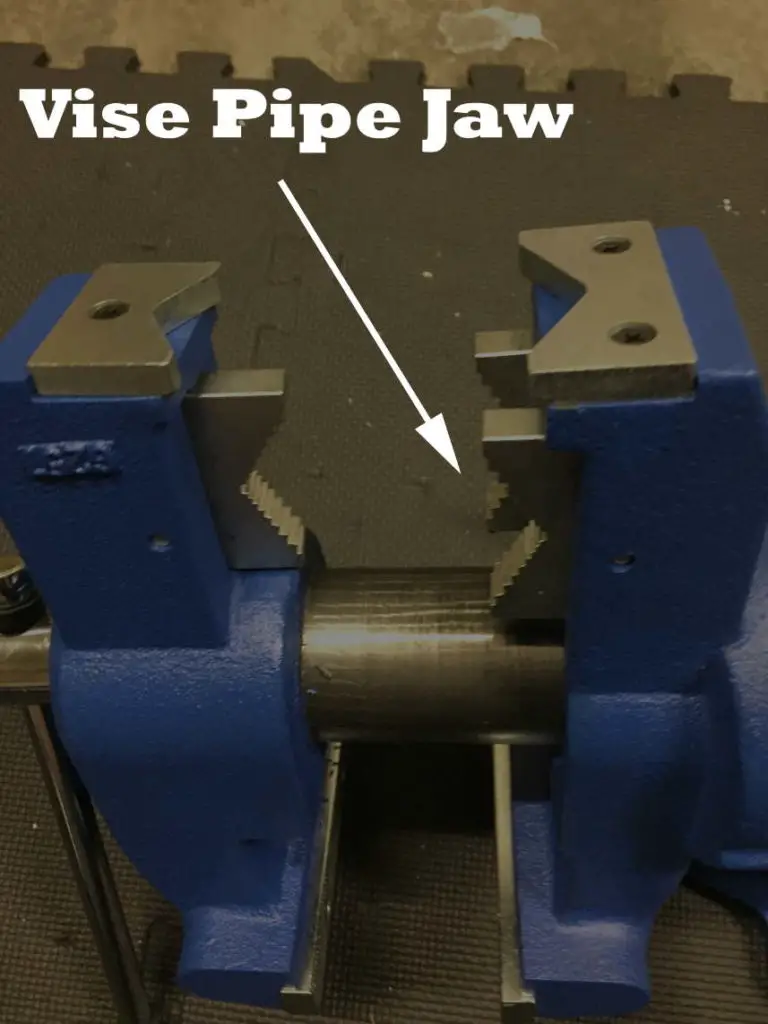
A vise [vice] is a mechanical tool that is used to hold an object firmly in place so that work may be done on the object. A vise may come in a number of varieties, usually specialized for some purpose such as wood working, machining, blacksmithing, and general shop work.
Almost every commercial workshop will have a vise of some kind, usually they will have more than one, with one being a large and sturdy vise that can stand up to industrial work loads.
But the vise is not just a tool for large industrial organizations, many DIY hobbyist will have a vise in the garage. They are incredibly versatile and handy tools.
The most common type of vise has a stationary jaw and a jaw that is moved along a horizontal axis by a lead screw – which is in turn turned by a handle. The moving jaw is cranked towards the stationary jaw until a force large enough to hold an object in place is made.
If you are looking to buy a vise, check out my guide to the best 3 vises for sale online, otherwise read on!



A vise frees up a hand for the operator, and does a much better job of holding objects stationary than a hand would.
Vises are often called bench vises, as they are often designed to be clamped or bolted to a table. Portable vises tend to have a clamp – which is really just an offshoot of the same concept used at the top end of the vise! Immovable (permanent) vises will usually be bolted to the table.

Heavy vises tend to be sturdier and will usually last longer than light weight vises. All vises will wear out faster if you subject them to shock blows or if you crank the vise tighter than what it is designed for. You will commonly see people use a “cheater” bar to crank the vise tighter than what it was designed for. Cheater bars are just bars (usually some combination of a wrench and pipe) that slip on the outside of the vise handle making it longer. A longer bar means it’s easier to apply more force…

However I would recommend caution when it comes to cheater bars, they WILL wear out your vise quicker than if you don’t use one. They can also greatly increase the risk of your vise (or the item between the vise) shattering, potentially injuring you and your property. Almost all manufacturers recommend that you don’t use a cheater bar.


So there you have it. A vise is a simple but incredibly useful tool!